
 Flash News
Flash News
Accident at "Shkalla e Tujanit", truck overturns in the middle of the road, driver injured
Vlora by-pass, work delays and cost increases
Milan are expected to give up on the transfer of Granit Xhaka
Inceneratori jashtë funksionit, përfshihet nga flakët fusha e mbetjeve në Elbasan
Accident on the Lezhë-Shëngjin axis, one injured
"A hot concrete oasis", the "greed" of construction is destroying the history, greenery and climate of Tirana
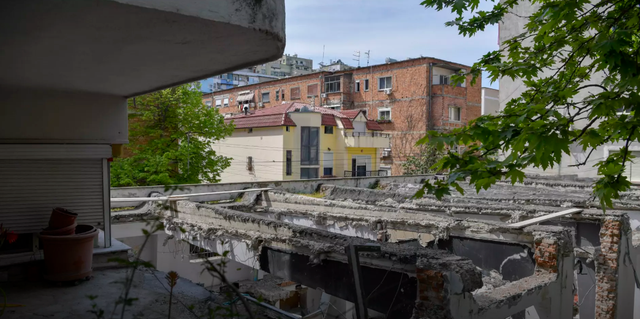
In the heart of Tirana, where the sound of old films from the “Dajti” cinema once resounded, a construction project is disturbing the peace of the residents of “Myslym Shyri” street. It is about the reconstruction of the TEN center – a multi-functional youth center that was created in 2010 while preserving the old structure of the former “Dajti” cinema.
Now, the Tirana Municipality's project envisages raising the building by at least two new floors. This change is opposed by 8 families, residents of two historic buildings near the former Dajti cinema.
"In April 2023, the project's signboard was set up like a flash. None of us knew," says Adriana Puleshi.
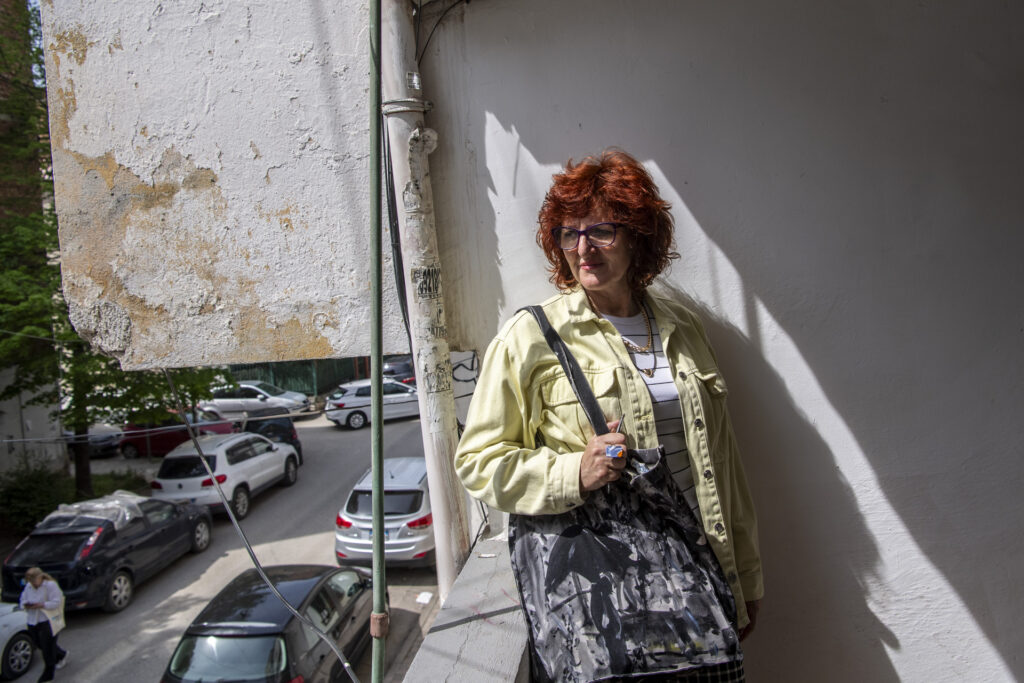
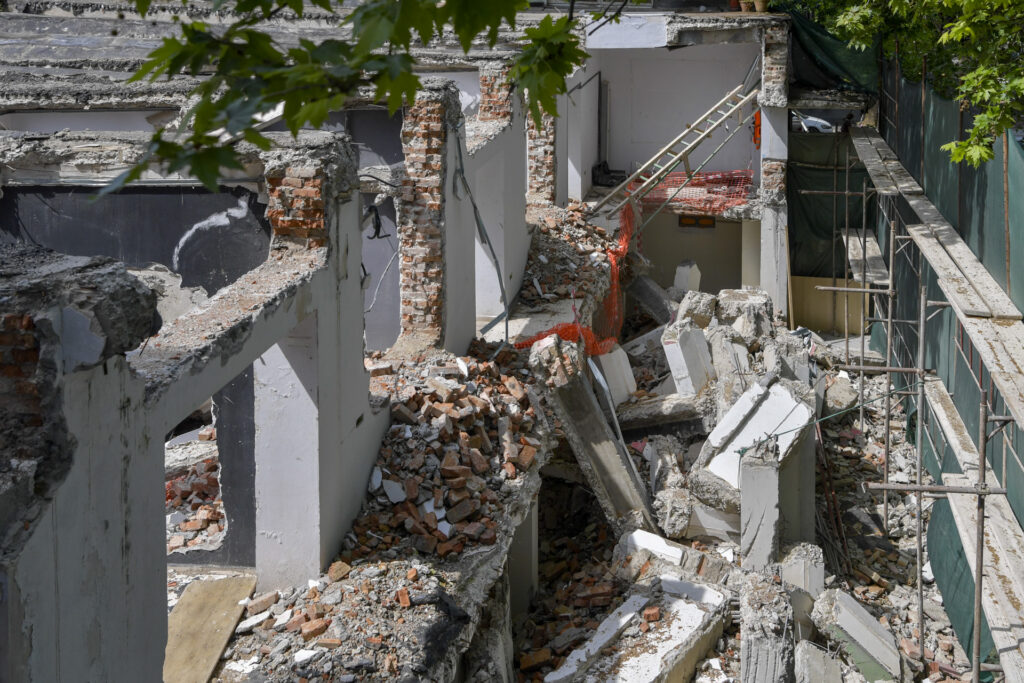
Concerned about blocked windows, insufficient ventilation, and the possibility of damage to the 1970s foundations, residents have chosen the legal route to stop this 600,000 euro project.
"Work has been suspended for three weeks. We just want it to go back to the way it was," hopes Adriana - whose story is not isolated.
The greed of construction in the capital has also led to protests by the residents of three buildings near the "Emin Duraku" school in the former Bllok. They oppose the construction of a 16-story tower .
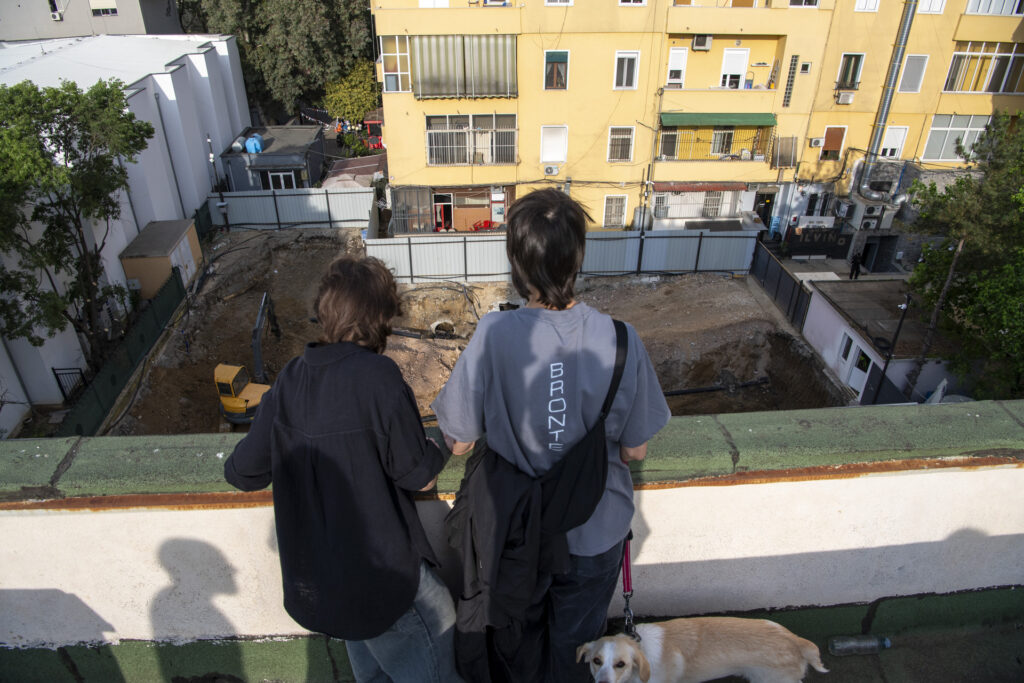

"This project has received approval in an unusual way, while similar requests for the same plot of land have been previously rejected precisely because of its proximity to the school and the three surrounding buildings," the residents complain in a public letter.
The project envisages four underground floors and about 10 thousand square meters of construction that rises up to 57.24 meters in height. The building uses 980 square meters of land, which until a few weeks ago was used as a private parking lot, further limiting the space between the three existing buildings and the school. Therefore, urban planners raise concerns about the violation of the urban plan .
"The height according to the urban plan of Tirana is 9 floors. This is a law that is being violated. Every building you see above 9 floors is in violation of this plan ," says urban planner Gentjan Kaprata.
These two stories reflect the disease that is taking Tirana's breath away: the wave of construction without limits, without public consultation, that is covering the city with concrete instead of greenery.
A year ago, Tirana recorded the highest construction area in its history.
The Institute of Statistics estimated that the area allocated for construction in Tirana reached over 1.9 million square meters - the highest since 2005 when INSTAT began reporting for the capital.
Me 77% të gjithë sipërfaqes së lejeve të ndërtimit në Shqipëri përqendruar vetëm në Tiranë, kryeqyteti po përjeton një bum ndërtimi që sfidon çdo kufi urban të qëndrueshëm. Arkitekti dhe urbanisti Artan Kacani shpjegon se Tirana po zhvillohet në ritmet e një qyteti industrial.
“Për 30 vite ne jemi shkëputur nga urbanistika klasike e nevojës urbane dhe kemi shkuar drejt urbanistikës së grupeve të interesit. Në vende të ndryshme perëndimore, nevoja e lagjes dhe interesi i zhvillimoreve janë në ekuilibër peshoreje. Tek ne kanë prioritet grupet e interesit.” – argumenton Kacani.
Imeldi Sokoli, planifikues urban na shpjegon se normalisht në qendra urbane një banori i duhet mesatarisht 25 metër katror banesë, si dhe 25 metra katrorë hapësirë për aktivitetet e përditshme si zonat e gjelbra, hapësira për parkim apo hapësira sportive. Por vitet e fundit, mesatarja e ndërtimeve për banesa të reja e ka tejkaluar me disa herë këtë tregues.
“Indikatorët e rritjes së popullsisë dhe kërkesave të banorëve janë një pjesë e kërkesës, por në anën tjetër kërkesa për zhvillim është edhe e ndërtuesve. Nga ky krah peshorja është thyer, duke anuar nga pala e interesit më shumë sesa nga pala e zhvillimit të lagjeve.” –argumenton Artan Kacani, arkitekt, urbanist.
Një tjetër koefiçent që duhet zbatuar në qendrat urbane është ai për hapsirën e gjelbër, që duhet të jetë 9 metër katror për banor. Por sot ky koeficent në kryeqytet sipas ekspertëve është inekzistent.
“Aty ku ka pasur park është bërë pallat ose ndonjë parkim… lulishtet janë shndërruar në pallate, oborret mes pallateve janë zhdukur”, argumenton Olsi Nika nga Eco Albania.
Shkeljen e kanë ligjëruar, argumenton urbanisti Imeldi Sokoli.
“Në shtator të 2024 kanë amenduar ligjin e planifikimit të territorit duke i dhënë kompetencë Këshillit Kombëtar të Territor që të ketë fuqi mbi planin e përgjithshëm të territorit në bashki”, shpjegon ai. “Me këtë ndryshim po legjitimojnë çdo ndërtim që bie në kundërshtim me planin urbanistik- në çdo qytet. – thekson më tej urbanisti.
Valët e ndërtimit pa kriter nuk kanë kursyer as oazet e dikurshme të gjelbërimit në kryeqytet.
“Këtu nuk po kursehet asgjë. Edhe parku i liqenit ka filluar të kafshohet nga ndërtimet”, vë në dukje eksperti i mjedisit Olsi Nika.
Parku i Liqenit Artificial, dikur “mushkëria” e Tiranës, tashmë tregon shenja të qarta transformimi, të evidentuara nga imazhet satelitore . (Shihni ndryshimin në kohë në këtë vizualizim) Po kështu, Liqeni i Farkës, që dikur përbënte një strehë natyrore në kodrat përreth, po mbushet me vila dhe ndërtime të reja, duke zhvendosur pemët nën beton – ndryshimet mund t’i vëreni vetë këtu.
In the absence of green spaces, parks, promenades or flowerbeds, Tirana is experiencing a phenomenon known in climate studies as the “urban heat island.” The capital city registers temperatures 2–3 °C higher, and in special cases up to 5 °C higher within built-up areas, compared to surrounding areas.
This increase in temperatures is a result of changing land use: concrete and asphalt instead of greenery.
"Increasing urbanization, lack of green spaces are the main factors influencing the formation of urban heat islands," explains Anira Gjoni, from the Institute of Geosciences in Tirana.
"What they do" - says urban planner Imeldi Sokoli - "is that they consider Dajti, which is a national park, as a green part of Tirana. Meanwhile, these spaces should serve the residents in an immediate and close way."
Another factor that influences the increase in temperature, according to environmental expert Olsi Nika, is the blockage of air currents coming from Dajti towards the coast, as a result of tall and dense buildings, which impede the natural circulation of air and significantly worsen the heating.
"From 5-story buildings, we are seeing towers or buildings that are many times taller," Nika emphasizes. Each new construction further stresses this heat island, eliminating shadows and worsening the urban microclimate.
"This is not the same for all other places in the territory, which have more or less the same urban development that they had before," adds Professor Petrit Zorba from IGJEO.
Due to the significant increase in temperatures due to climate change and without appropriate measures, Tirana is threatened with becoming a concrete "oasis" where air quality will further deteriorate, putting the health of the population at risk.
"Tirana has become unlivable," Nika argues. "Skënderbej Square is the ugliest example. The temperature in the square automatically increases because the bushes (green spaces) should have been integrated and not where they are," he concludes. Faktoje.al
Latest news








Golem and Qerret without water at the peak of the tourist season
2025-07-01 21:09:32

Euractiv: Italy-Albania migrant deal faces biggest legal challenge yet
2025-07-01 20:53:38
BIRN: Brataj and Fevziu victims of a 'deepfake' on Facebook
2025-07-01 20:44:00

Vlora by-pass, work delays and cost increases
2025-07-01 20:24:29



Milan are expected to give up on the transfer of Granit Xhaka
2025-07-01 19:41:25
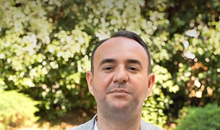

The silent but rapid fading of the towers' euphoria
2025-07-01 18:58:07
Donald Trump's daughter says 'goodbye' to June with photos from Vlora
2025-07-01 18:48:47

Tirana vote recount, Alimehmeti: CEC defended manipulation
2025-07-01 18:15:05

Left Flamurtari, striker signs with another Albanian club
2025-07-01 17:43:14
Accident on the Lezhë-Shëngjin axis, one injured
2025-07-01 17:19:35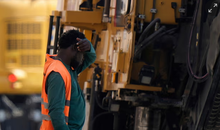
June temperature records, Italy limits outdoor work
2025-07-01 17:03:15

Meet Kozeta Miliku, named one of the top five scientists in Canada
2025-07-01 16:32:12
"Arsonist" arrested for repeatedly setting fires in Vlora (NAME)
2025-07-01 16:29:45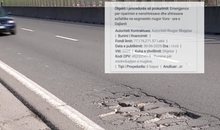
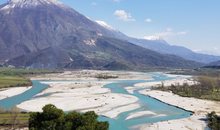
The ecological integrity of the Vjosa River risks remaining on paper
2025-07-01 16:09:40
Heat Headache/ Causes, Symptoms and Measures You Should Take
2025-07-01 16:01:13
UN: The world must learn to live with heat waves
2025-07-01 15:54:50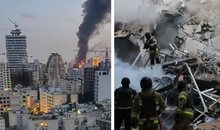

Three cars collide in Tirana, one of them catches fire
2025-07-01 15:38:16

Shehu: Whoever doesn't want Berisha, doesn't want the opposition 'war'!
2025-07-01 15:19:20
Berisha requests the OSCE Assembly: Help my nation vote freely
2025-07-01 15:11:46
Be careful with medications: Some of them can harm your sex life
2025-07-01 15:00:32

'Golden Bullet'/ Lawyers leave the courtroom, Altin Ndoc's trial postponed again
2025-07-01 14:44:52
EU changes leadership, Kosovo in a number of places
2025-07-01 14:40:01
Should we drink a lot of water? Experts are surprised: You risk hyponatremia
2025-07-01 14:30:20
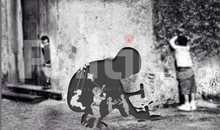

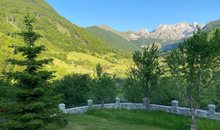
Lëpusha beyond Rama's postcards: A village that is being silently abandoned
2025-07-01 13:41:56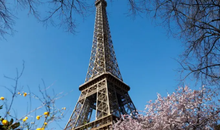
Scorching temperatures in France close the Eiffel Tower
2025-07-01 13:29:35
Media: China, Iran and North Korea, a threat to European security
2025-07-01 13:20:12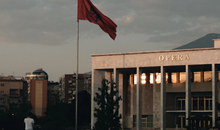
Albania drops in global index: Less calm, more insecure
2025-07-01 13:09:35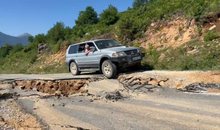
Road collapses, 5 villages in Martanesh risk being isolated
2025-07-01 13:03:04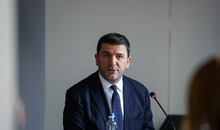

Këlliçi: Opposition action to be decided in September
2025-07-01 12:48:49
Four tips for coping with the heat wave
2025-07-01 12:38:53
Car hits pedestrian on Transbalkan road
2025-07-01 12:27:09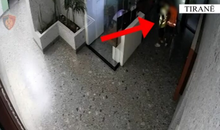
Authors of 9 robberies, Erjon Sopoti and Abdullah Zyberi arrested
2025-07-01 12:15:56

He abused his minor daughter, this is a 36-year-old man in custody in Fier
2025-07-01 11:50:34
The constitution of the Kosovo Assembly fails for the 40th time
2025-07-01 11:40:08

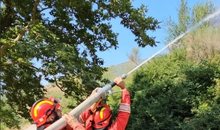


EU confirms support for the Western Balkans
2025-07-01 10:50:45
Serious in Fier! Father sexually abuses his minor daughter
2025-07-01 10:32:33
One year since the passing of the colossus of Albanian literature, Ismail Kadare
2025-07-01 10:25:26


They supplied the 'spaçators' with drugs, two young men are arrested in Tirana
2025-07-01 09:54:09
Europe is "scorching", how dangerous are high temperatures?
2025-07-01 09:48:56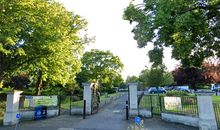


Nigel Farage in Albania: but why?
2025-07-01 09:13:12
Xama: The "Partizani" dossier is quite weak and without facts!
2025-07-01 09:04:47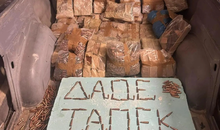

Foreign exchange, the rate at which foreign currencies are sold and bought
2025-07-01 08:35:39
Fabricators again warn of factory closures and job cuts
2025-07-01 08:21:30
Horoscope, what do the stars have in store for you today?
2025-07-01 08:08:59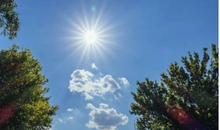
Scorching hot, temperatures reaching 40°C
2025-07-01 07:57:12
Morning Post/ In 2 lines: What mattered yesterday in Albania
2025-07-01 07:42:59
Recount after May 11, Braho: I had no expectations for massive vote trafficking
2025-06-30 22:54:18

Second hearing on the protected areas law, Zhupa: Unconstitutional and dangerous
2025-06-30 22:18:46



Israel-Iran conflict, Bushati: Albanians should be concerned
2025-06-30 21:32:42

Fuga: Journalism in Albania today in severe crisis
2025-06-30 21:07:11
"There is no room for panic"/ Moore: Serbia does not dare to attack Kosovo!
2025-06-30 20:49:53
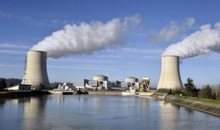
Temperatures above 40 degrees, France closes nuclear plants and schools
2025-06-30 20:28:42
Lavrov: NATO is risking self-destruction with new military budget
2025-06-30 20:13:54
Turkey against the "Bektashi state" in Albania: Give up this idea!
2025-06-30 20:03:24

Accused of sexual abuse, producer Diddy awaits court decision
2025-06-30 19:40:44


